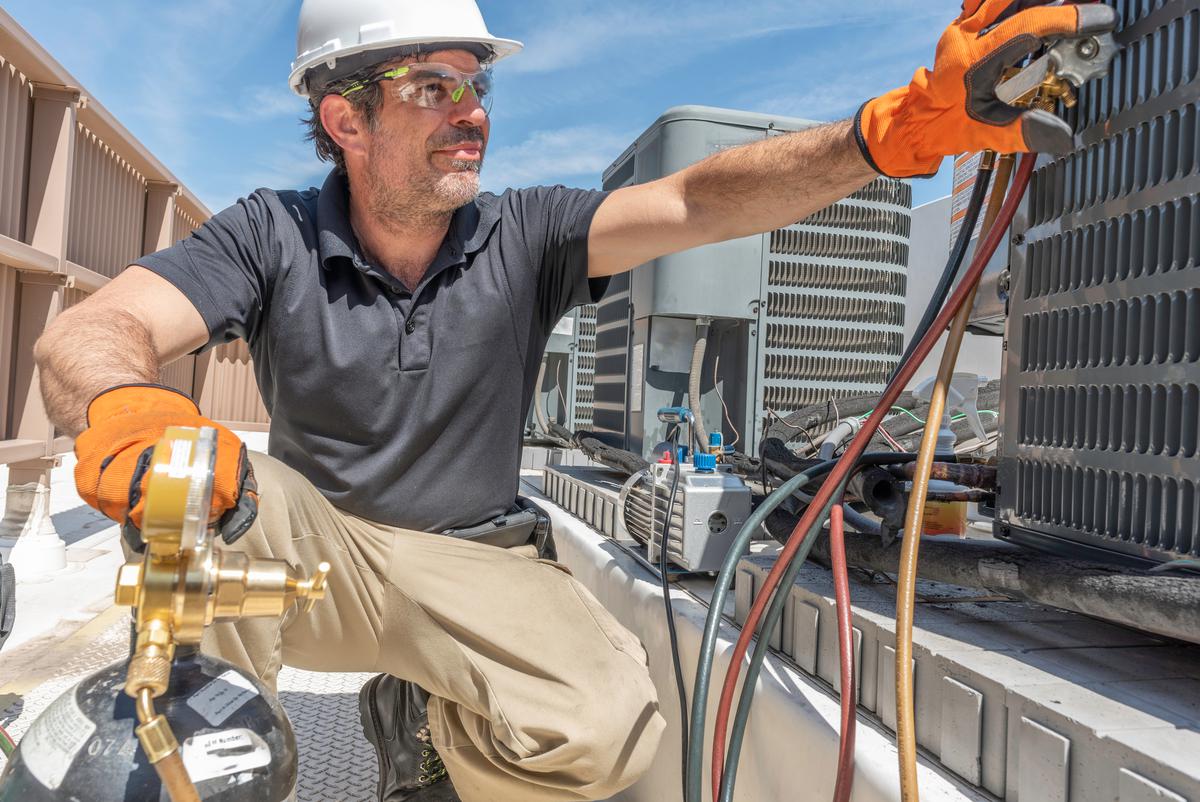As the construction industry evolves, so does the education that prepares the next generation of skilled professionals. Construction trade schools in texas are at the forefront of this transformation, embracing innovative learning methods that combine traditional craftsmanship with cutting-edge technology. These schools equip students not only with practical skills but also with the knowledge and adaptability necessary to thrive in a rapidly changing construction landscape.
In this article, we will explore how innovative learning is shaping construction education in Texas, the technologies and teaching methods involved, and why this approach benefits both students and the broader industry.
Embracing Technology in Construction Education
Virtual Reality (VR) and Augmented Reality (AR)
Many Texas trade schools have integrated VR and AR into their curricula, offering students immersive experiences that simulate real construction environments. This technology enables learners to:
- Visualize complex building projects.
- Practice safety protocols in a controlled setting.
- Experiment with design modifications without physical risk or cost.
For example, students at institutions like Texas State Technical College (TSTC) and Houston Community College use VR simulations to gain familiarity with heavy machinery operations and construction site management before stepping onto an actual job site.
Building Information Modeling (BIM) Software
BIM software is increasingly critical in construction planning and management. Trade schools in Texas teach students how to use BIM tools to:
- Create detailed 3D models of structures.
- Collaborate effectively with architects, engineers, and contractors.
- Identify potential conflicts or issues early in the design phase.
By mastering BIM, students become valuable assets to modern construction firms that rely on digital project management.
Hands-On Learning with Advanced Equipment
State-of-the-Art Labs and Workshops
Trade schools in Texas invest in advanced labs equipped with modern construction tools and machinery. Students get hands-on experience operating:
- CNC machines for precision woodworking.
- Modern welding equipment including robotic welders.
- Energy-efficient HVAC systems for real-world troubleshooting.
These learning environments replicate actual job sites and industrial settings, allowing students to apply theory in practical scenarios.
Integration of Sustainable Building Practices
Sustainability is a growing priority in construction, and Texas trade schools incorporate green building techniques into their programs. Students learn about:
- Energy-efficient materials and methods.
- Solar panel installation.
- Water-saving technologies.
This knowledge prepares them for careers in an industry increasingly focused on environmental responsibility.
Blended Learning and Flexible Schedules
Online Coursework and Digital Resources
To accommodate diverse student needs, many construction trade schools in Texas offer blended learning models. This approach combines in-person hands-on training with online classes and digital learning resources.
Benefits include:
- Flexibility for working students or those with family commitments.
- Access to recorded lectures, tutorials, and interactive modules.
- Opportunities for self-paced learning.
This model enhances accessibility while maintaining the high standards of technical education.
Collaborative Projects and Team-Based Learning
Innovative programs emphasize teamwork and project management skills, reflecting the collaborative nature of real construction projects. Students work on group assignments, simulating roles such as project manager, estimator, and site supervisor.
Such experiences build communication skills, leadership, and problem-solving abilities that are critical in the field.
Industry Partnerships Driving Innovation
Apprenticeships and Co-Op Programs
Texas trade schools collaborate with construction companies to offer apprenticeships and cooperative education programs. These partnerships allow students to:
- Gain paid, on-the-job experience.
- Apply classroom knowledge in live projects.
- Build professional networks.
Employers benefit by training talent tailored to their specific needs and technologies.
Access to Cutting-Edge Research and Tools
Some Texas institutions partner with manufacturers and technology providers to give students access to the latest construction innovations. For example, students might train on newly released power tools, software, or sustainable materials as part of their coursework.
The Impact of Innovative Learning on Student Success
Students who experience innovative, tech-integrated education in construction trades are better prepared to:
- Adapt quickly to new tools and methods on the job.
- Collaborate across disciplines.
- Take on leadership roles earlier in their careers.
Employers in Texas’s competitive construction market actively seek graduates from programs that emphasize modern skills alongside traditional craftsmanship.
Conclusion: Building the Future of Construction Education in Texas
The fusion of technology, hands-on training, and flexible learning models makes construction trade schools in Texas pioneers in preparing the workforce for tomorrow’s construction challenges. Innovation in education ensures that students are not only competent in current practices but also agile enough to embrace future advancements.
For aspiring construction professionals, choosing a trade school that prioritizes innovative learning is a strategic step toward a successful and fulfilling career.
At Associated Builders and Contractors, we champion forward-thinking education and invite you to explore the many opportunities available in Texas trade schools that combine tradition with technology.



